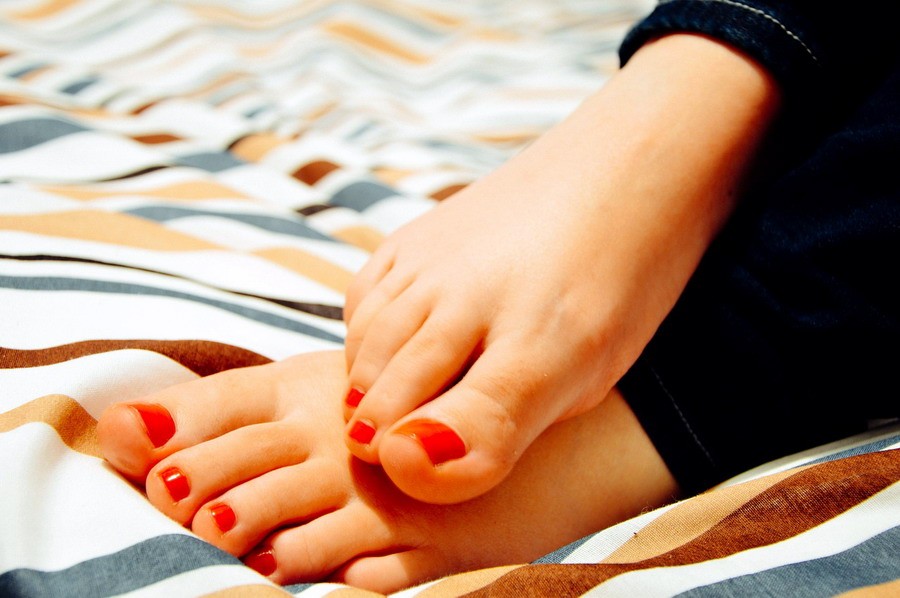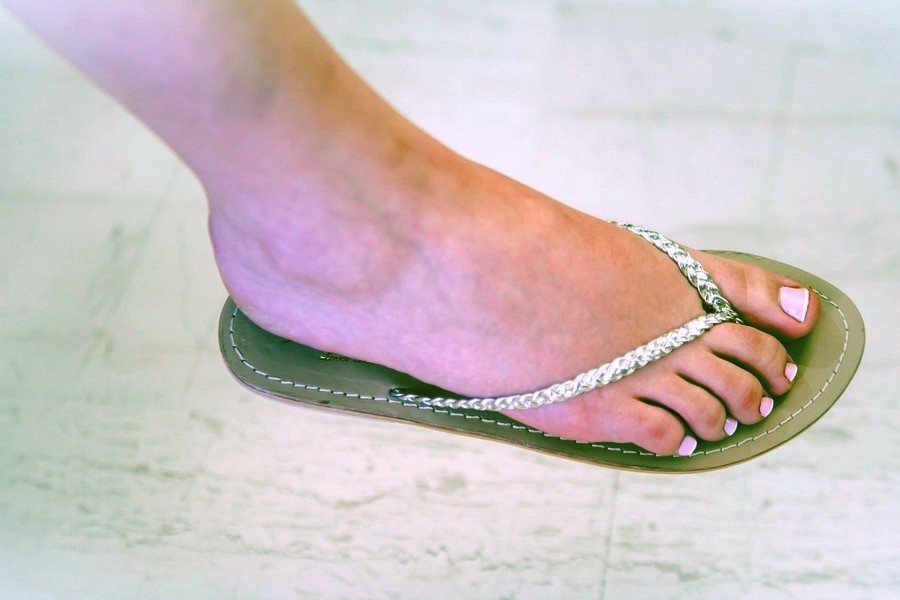The word “pedicure” comes from the Latin words “pedis,” meaning foot, and “cura,” which means care. Pedicures are among the most popular modern day nail treatments for both men and women and it has been that way for thousands of years. Although it is traditionally used as a method of beautifying nails and feet, it does bring with it the medical benefits of preventing nail diseases and disorders, too.

A Brief History of the Pedicure
This unique procedure can be dated back more than 4,000 years to such renowned civilizations as ancient Babylonia, China, and Egypt.
In southern Babylonia, both men and women would use solid gold tools to give themselves both pedicures and manicures as a symbol of status and wealth. Typically, only noblemen and women could afford these tools, giving them alone access to these nail treatments. In fact, the presentation of the nails was an important part of the class system of Babylonia as indicated by many ancient writings that have been recovered.
In ancient China around 3,000 B.C. it has been recorded that men and women of royalty and higher class were given manicures and pedicures with colored nail polishes to indicate their class level, with black and red being reserved for the royal family alone. Both men and women wore the colored nail polish and often kept long nails as a symbol of not having to use their hands or feet for “lower class work.”
Despite its popularity among the ancient Babylonians and Chinese, t is in Egypt that the true origin of the pedicure lies. Egyptian nobles and the royal family paid special care to their legs, feet, and nails as a part of their religion and culture. Their nail color was used as a sign of social class, with red being reserved for royalty. It is said that Queen Cleopatra herself wore deep red nail polish and Queen Nefertiti wore a bright ruby shade. Even Egyptian men wore colored nail polish, especially when at war. It has been written that Egyptian commanders would paint their nails and lips in the same color as an intimidation tactic for battle. The Egyptians even paid attention to their nails after death. In fact, it is not uncommon to find mummies with remnants of painted fingernails and toe nails as a final method of indicating their social status.
The Emergence of the Spa Pedicure
It wasn’t until the recent age that the spa pedicure gained in popularity worldwide. This nail treatment involves the typical pedicure procedure along with an addition of a paraffin dip, mud, or seaweed treatment to soften the feet and fortify the nails. The exact nature of the spa pedicure depends greatly on where the individual is having it done. Some institutions only provide spa pedicures, while others give the customer the option of a traditional pedicure or a spa pedicure. This procedure typically costs more than an average pedicure due to the involvement of more hands-on treatment from the professional pedicurist than a traditional pedicure. Oftentimes, a spa pedicure requires multiple pedicurists at once in order to maximize efficiency and truly leave the customer with beautiful feet and nails.
Although spa pedicures have been increasing in popularity in recent years, they have not dethroned the traditional pedicure in terms of most well-liked nail treatment. With new advancements in nail and skin treatments that are constantly emerging, the spa pedicure may just overtake the classic pedicure in the coming years.
Pedicures Today

The practice of pedicure has not changed very significantly over the past several thousand years. The greatest difference between ancient times and today’s pedicure is the location in which they are performed. Rather than having a servant or another perform the pedicure in the comfort of your own home, today’s man or woman typically goes to a local nail salon or spa to have the procedure done by a professional pedicurist or manicurist.
Despite these differences, the pedicure process still involves beautifying both the feet and the nails with a variety of different tools and treatments. Most pedicures involve a basic trimming and shaping of the toenails as well as a buffing of any imperfections on the nail itself and the nail bed. Many pedicures involve the treatment of the feet with lotions, pumice stones, and more in order to smooth and soften the skin or treat callused or rough patches.
Both manicures and pedicures have been increasing in popularity among men in the recent years. Although it has been traditionally seen as a “feminine” treatment, having clean and presentable nails has become more acceptable and attractive in men, and even encouraged.
